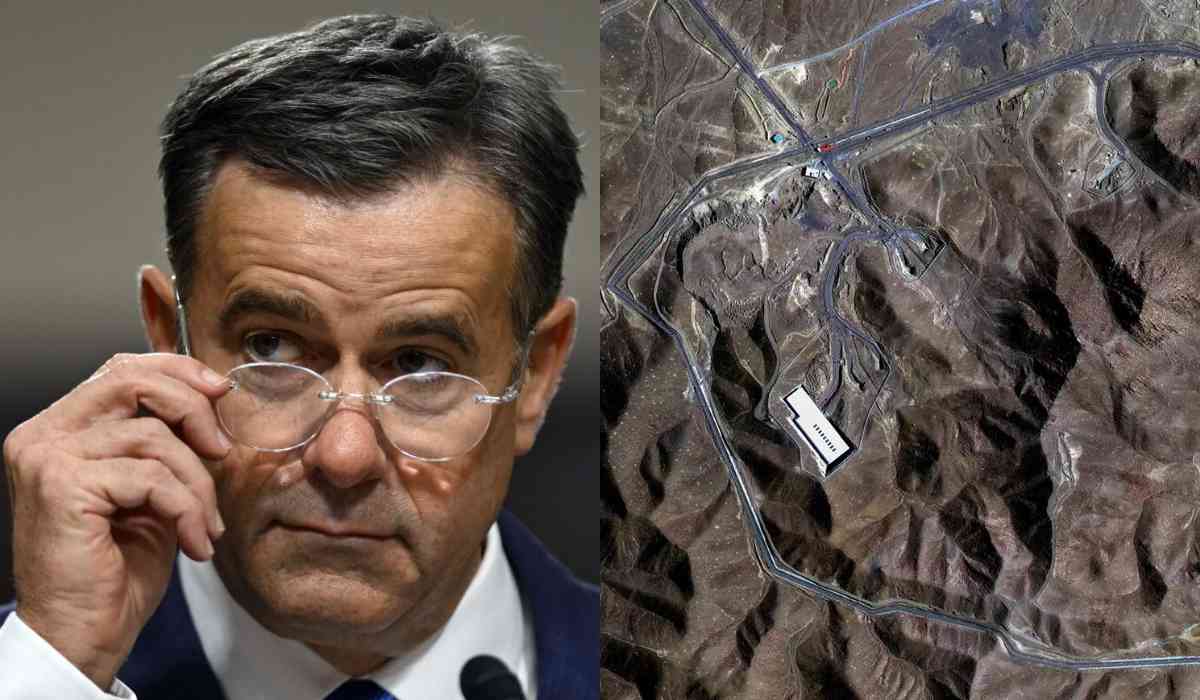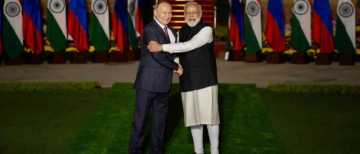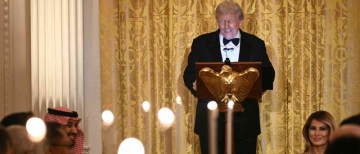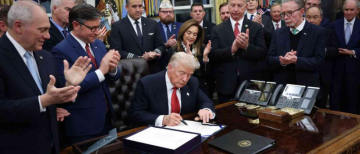The CIA has announced that recent U.S. airstrikes on Iran’s nuclear facilities have caused severe damage, setting back Tehran’s nuclear ambitions by several years. This revelation comes after days of debate among intelligence agencies, world leaders, and experts about how much the strikes actually achieved. The news, which has drawn global attention, marks a significant moment in the ongoing struggle over Iran’s nuclear program.
What Happened?

Last Saturday, the United States launched targeted airstrikes on three of Iran’s key nuclear sites: Natanz, Fordow, and Isfahan. These strikes followed more than a week of Israeli attacks on other targets in Iran. The goal was to slow down or stop Iran’s progress toward developing nuclear weapons, a concern that has worried the international community for years.
The CIA’s Statement
On Wednesday, CIA Director John Ratcliffe issued a public statement saying,
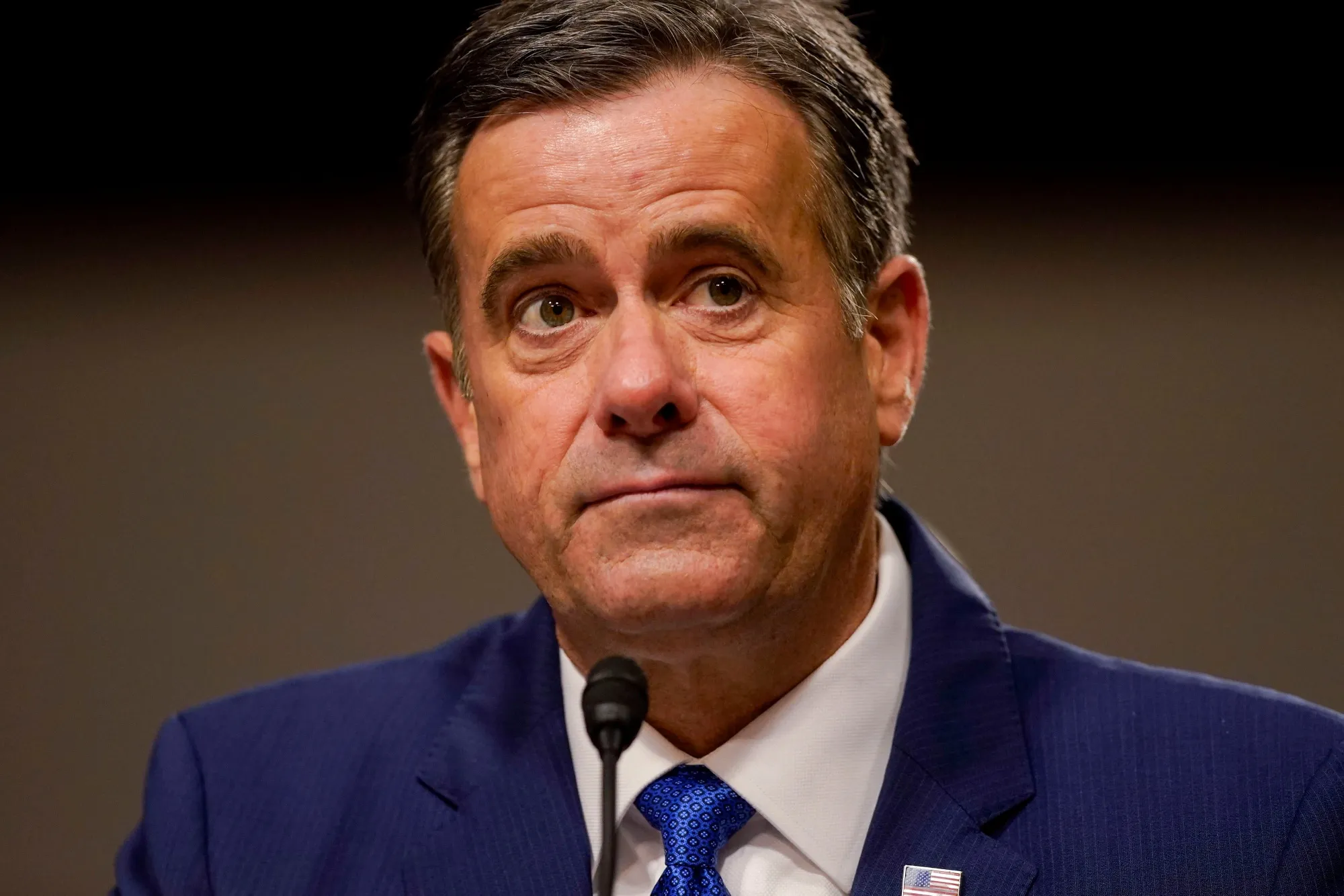
“A body of credible intelligence indicates Iran’s Nuclear Program has been severely damaged by the recent, targeted strikes.”
He explained that new intelligence from a historically reliable source showed that several critical Iranian nuclear facilities were destroyed and would have to be rebuilt, a process that could take years.
The CIA’s assessment stands in contrast to an earlier, leaked report from the Defense Intelligence Agency (DIA), which suggested the strikes might only have delayed Iran’s nuclear program by a few months. President Trump and other officials rejected the DIA’s view, insisting that the damage was much more significant.
What Does This Mean for Iran?

Iran itself has admitted that its nuclear sites were “badly damaged.” According to Iranian officials, the country will need to rebuild the affected facilities, a task that could take a long time and require significant resources. However, some experts caution that Iran may still have hidden nuclear sites or enough enriched uranium stored elsewhere to continue its program, even if at a slower pace.
Different Perspectives
-
U.S. and Israeli Officials: Both American and Israeli leaders claim the strikes have set Iran’s nuclear program back by years, making it much harder for Tehran to develop a nuclear weapon in the near future. President Trump described the operation as a success, stating that it “obliterated” Iran’s nuclear capabilities, although some intelligence officials have urged caution until more evidence is collected.
-
Iranian Response: Iran has condemned the strikes as a violation of international law and the nuclear Non-Proliferation Treaty. Iranian spokespeople have said their scientists are assessing the damage and that Iran remains committed to peaceful nuclear research, though rebuilding will be a challenge.
-
Experts and Analysts: Some arms control experts warn that, while the strikes have caused major setbacks, Iran’s nuclear knowledge cannot be bombed away. If Iran chooses to rebuild, it could eventually restore its program, especially if it still possesses key materials and technology.
The Bigger Picture
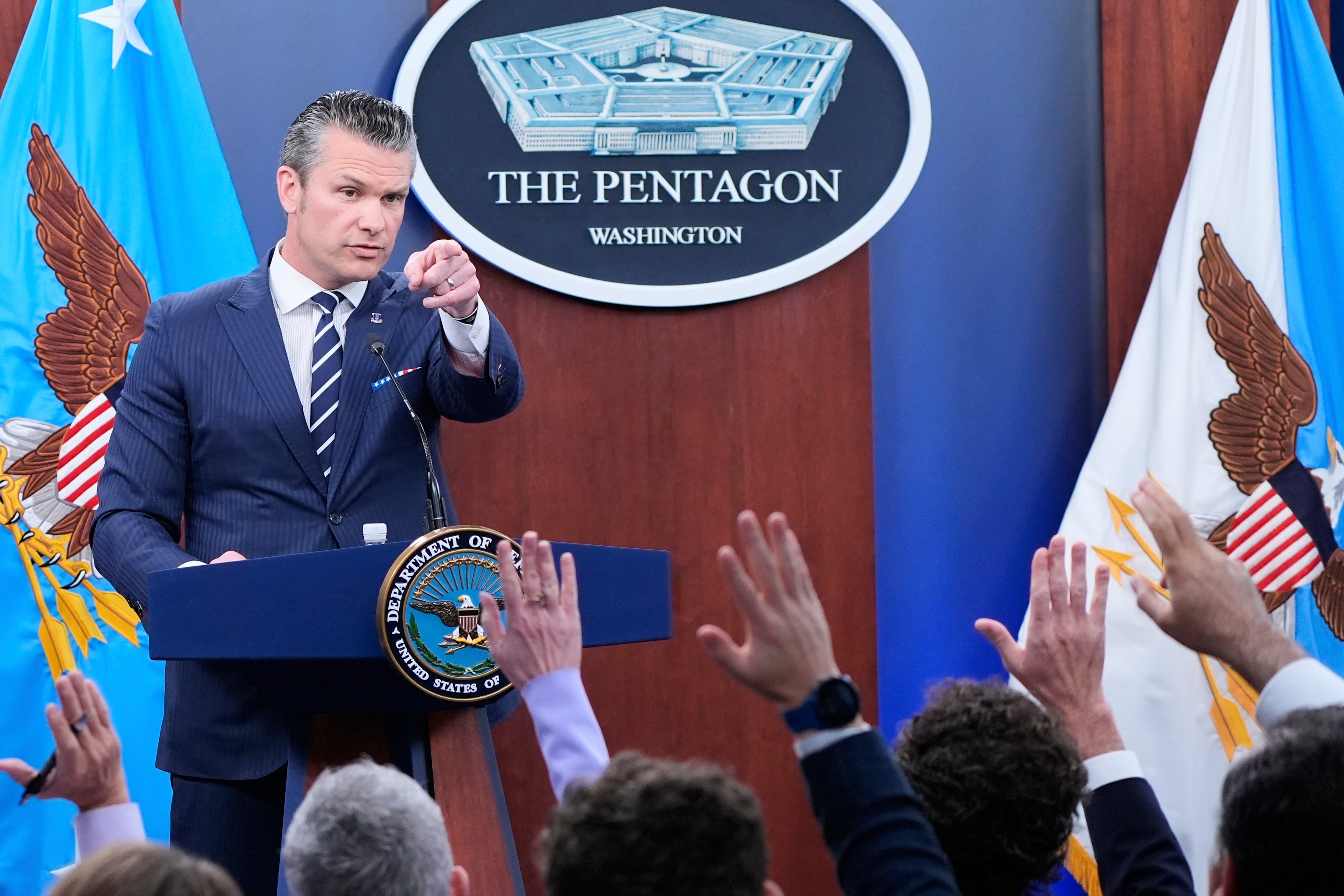
This event highlights how difficult it is to measure the true impact of military strikes on complex programs like Iran’s nuclear effort. Intelligence assessments can differ, and political leaders may interpret the same information in different ways. The situation also shows the risks of escalation in the region, as attacks on nuclear facilities can have unpredictable consequences for security and diplomacy.
What Happens Next?
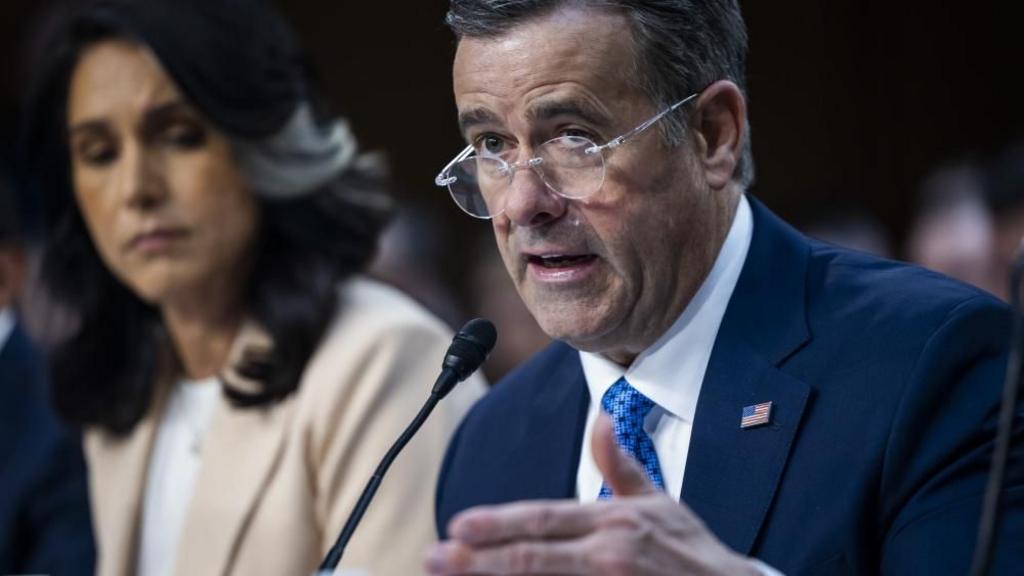
The CIA has promised to keep collecting and sharing new information about the state of Iran’s nuclear program. Meanwhile, the international community will be watching closely to see if Iran tries to rebuild its damaged sites or if new diplomatic efforts can reduce tensions.
For now, the strikes appear to have delivered a serious blow to Iran’s nuclear ambitions, but the long-term effects remain uncertain. As more details emerge, the world will be looking for signs of whether this setback leads to renewed talks—or further conflict.
In summary, the recent U.S. strikes have, according to the CIA and other intelligence sources, set Iran’s nuclear program back by years. However, questions remain about the full extent of the damage and what Iran will do next. The story is still developing, and its outcome will shape the future of nuclear security in the region and beyond.
With inputs from agencies
Image Source: Multiple agencies
© Copyright 2025. All Rights Reserved Powered by Vygr Media.

